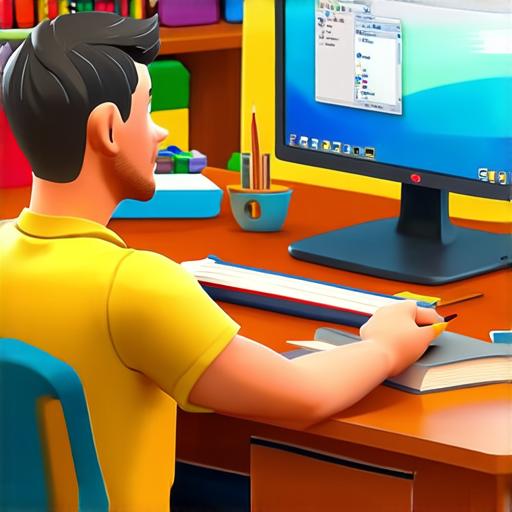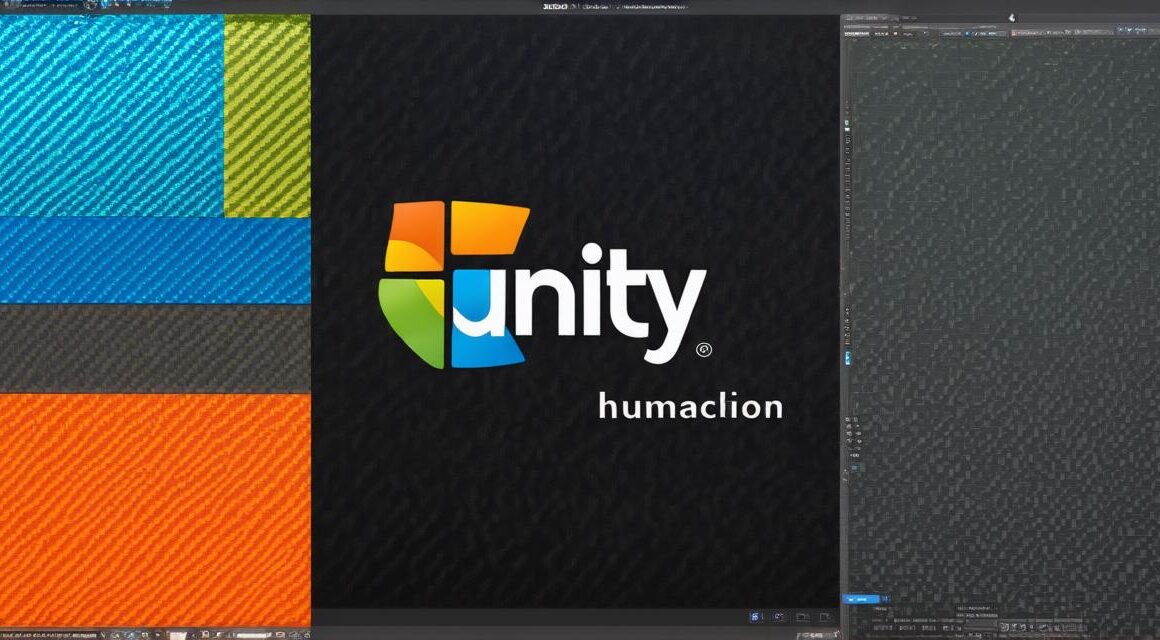Are you ready to bring your characters to life with 3D animation? Look no further than Unity, the popular game engine that can also be used for animation. In this article, we’ll explore how to create engaging and realistic animations using Unity. We’ll cover everything from setting up your scene to adding movement and expressions to your characters.
Setting Up Your Scene
The first step in creating 3D animation with Unity is to set up your scene. This involves importing your models, adding lighting, and setting up the camera. Here are some tips for getting started:
- Import your models: You can import 3D models from a variety of file formats, including .obj, .fbx, and .dae. Make sure to optimize your models for performance by reducing their polygon count and using textures efficiently.
- Add lighting: Lighting is crucial for creating realistic animations. You can add point lights, directional lights, and area lights to your scene to create the desired mood and atmosphere.
- Set up the camera: The camera is responsible for following your characters and capturing their movements. You can set up a variety of camera types, including first-person, third-person, and isometric.
Creating Movement
Once you have set up your scene, it’s time to add movement to your characters. Unity supports a wide range of animation techniques, including keyframe animation, skeletal animation, and particle systems. Here are some tips for creating realistic animations:
- Use keyframe animation: Keyframe animation involves setting the position, rotation, and scale of your character at specific points in time. This allows you to create smooth and fluid movements.
- Use skeletal animation: Skeletal animation involves creating a hierarchy of bones for your character and animating their movements by manipulating these bones. This technique is commonly used for humanoid characters and can create more realistic movements.
- Use particle systems: Particle systems are used to create special effects, such as explosions or smoke. These systems can add depth and complexity to your animations.
Adding Expressions

Expressions are an important part of animation, as they help convey emotions and personality. Unity supports a wide range of expressions, including facial expressions and body language. Here are some tips for adding expressions to your characters:
- Use facial expressions: Facial expressions can be used to convey a wide range of emotions, from happiness to sadness. You can use Unity’s built-in facial animation tools or create custom expressions using textures.
- Use body language: Body language can also be used to convey emotions and personality. You can animate your character’s hands, arms, and legs to create realistic movements that enhance their expressions.
Real-Life Examples
Here are some real-life examples of 3D animation using Unity:
- "The Last of Us": This popular video game uses Unity for its animations. The game features a wide range of characters with realistic facial expressions and body language.
- “Avatar”: This science fiction movie used Unity for its animations, particularly the scenes set on the alien world of Pandora. The movie’s use of 3D animation helped create a fully immersive experience.
- “Toy Story”: This animated movie was created using a combination of traditional 2D animation and 3D animation with Unity. The film’s use of 3D animation helped bring the characters to life in a more realistic way.
FAQs
Here are some frequently asked questions about creating 3D animation with Unity:
1. What type of animations can I create with Unity?
- Unity supports a wide range of animations, including keyframe animation, skeletal animation, and particle systems. You can also use Unity to create 2D animations.
2. How do I optimize my models for performance?
- To optimize your models for performance, you should reduce their polygon count and use textures efficiently. You can also use Unity’s built-in tools to help optimize your animations.
3. Can I create humanoid characters with Unity?
- Yes, Unity supports humanoid character animation using skeletal animation. This technique allows you to create realistic movements for your characters.



